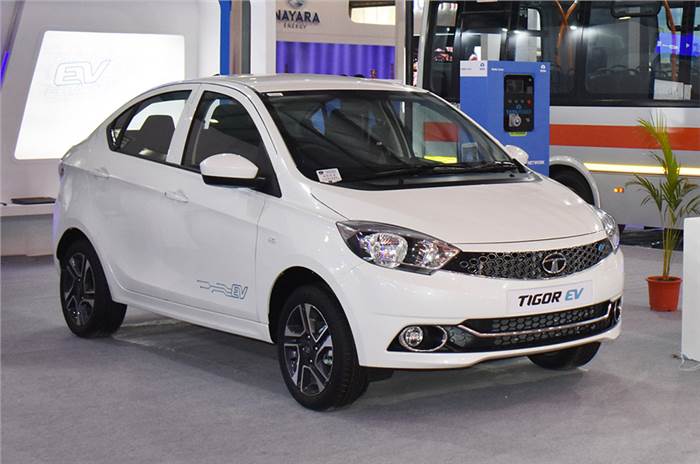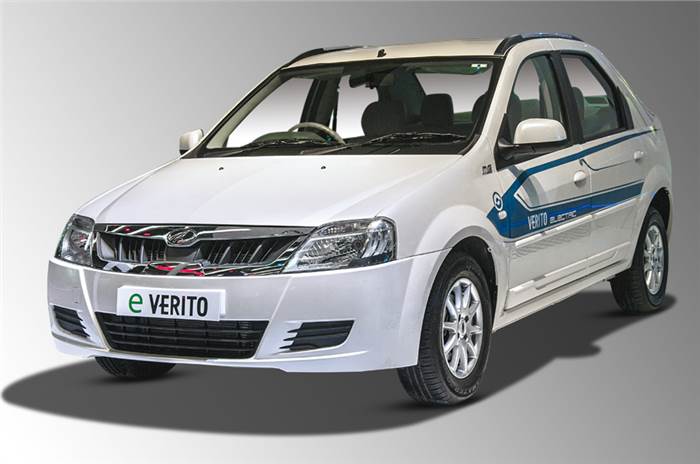Even as the government drives ahead aggressively with its ambitious vehicle electrification programme, the road ahead is not as smooth as the industry would desire. As is known, the second phase of the FAME (Faster Adoption and Manufacturing of Electric Vehicles in India) India Scheme kicked in on March 1, 2019, and saw the government earmark a bigger budget outlay of Rs 10,000 crore to accelerate adoption of EVs.
Exactly four months since then, the FAME II norms are turning out to be challenging for most companies, which were earlier benefitting from incentives under the scheme’s first phase. It is learnt that, at present, only seven manufacturers are able to meet the stringent FAME II norms, compared to the 29 companies registered earlier.
Interestingly, of these seven manufacturers selling FAME II-eligible products, the bulk of them are two-wheeler manufacturers, followed by three-wheelers and passenger vehicles. There is no commercial vehicle maker yet. In addition, while the Central and State governments are keen to induct a large chunk of electric buses for public transportation across the country, none of the registered manufacturers have a product (electric bus) that can meet the norms. On June 29, the Chief Minister of Kerala, Vijayan Pinarayi, announced an ambitious target of having one million EVs on Kerala roads by 2022, starting with a pilot fleet of 3,000 buses, 2,00,000 two-wheelers, 50,000 three-wheelers and 1,000 goods carriers.
The seven manufacturers who have been able to meet the norms include Mahindra & Mahindra (high- and low-speed three-wheelers and electric cars); Tata Motors (electric car); Kinetic Green Energy & Power (high- and low-speed three-wheeler); Jitendra New EV Tech (electric two-wheeler); Okinawa Autotech (electric two-wheeler); Ather Energy (electric two-wheeler) and Ampere Vehicles (electric two-wheeler).
No subsidy for private electric car buyers
The FAME II scheme, which emphasises electrification of public transportation, including shared transport, does not incentivise private buyers for electric four-wheelers. The scheme plans to support a million electric two-wheelers, 5,00,000 e-three-wheelers, 55,000 four-wheelers and 7,000 buses.
In terms of the challenges to meet the norms, industry sources feel that without a proper charging infrastructure and sustained demand in place, the high EV localisation norms will prove to be a difficult task to meet and justify.
Meanwhile, on June 21, in its meeting with some captains of industry, the government of India’s think tank, NITI Aayog, had asked vehicle manufacturers to come up with a roadmap that would see a speedy offtake of electric two- and three-wheelers.
Also see:
Finance Minister: Policy measures needed to lower cost of ownership of EVs
20 percent electric two-wheeler dealers close shop
Tata Tigor EV priced from Rs 9.99 lakh
Tata Tigor EV review, test drive
Hero Electric plans to open 1,500 touchpoints by 2022






Comments
Member Login
Personal Details
No comments yet. Be the first to comment.